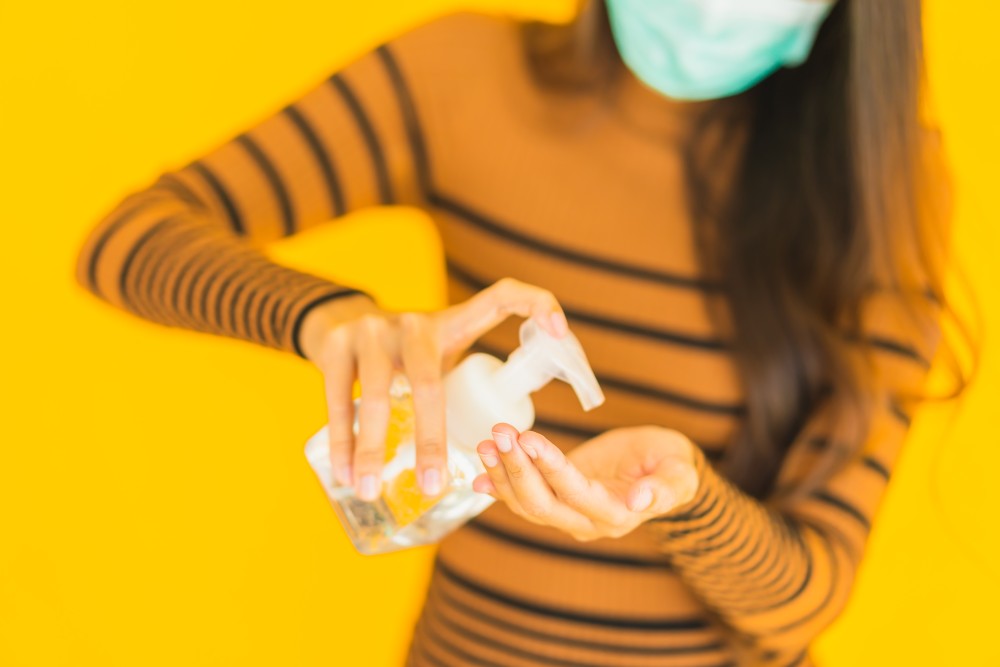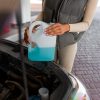- Empty cart.
- Continue Shopping
5 Key Factors for Selecting the Right Surface Sanitizer

Sanitizing surfaces has never been a necessity in the past as it is in the current decade. The role of the COVID-19 pandemic in shifting our hygiene perspective is clear like daylight. It is indeed a wider public awareness of hygiene that has been developed in the pandemic and post-pandemic era.
Studies such as the one published in the Lancet Infectious Diseases add strength to such perspectives. By reasserting the obvious it shows that surface contamination plays a significant role in the spread of infectious diseases including respiratory infections such as coronavirus and influenza. As the pathogens stay on surfaces from hours to days causing indirect transmission it is a necessity of the hour to sanitize these surfaces. Here is a 5-point strategy to choose the right surface sanitizer.
- Active Ingredients and Efficacy
Proven active ingredients are necessary to ensure the efficacy of this surface sanitizer. Keep in mind that each of these ingredients is developed to treat specific pathogens. Understanding them will help to choose the right sanitizer ideal for your surface requirements. Here are some insights:
- Alcohol: Ethanol or Isopropanol are alcohol bases that could deal with enveloped viruses such as influenza virus and other viruses like Staphylococcus aureus.
- Hydrogen Peroxide: Hydrogen peroxide-based sanitizers are ideal for treating viruses like norovirus and bacteria like Clostridium difficile. Since one of the reasons for the spread of C. Difficile bacteria is a recent stay at a hospital setting these sanitizers are ideal to treat such environments.
Other than these two major ingredients quaternary ammonium compounds, chlorine compounds, and phenolic compounds are also found in this active ingredient list. Investing some time to research their applications will help choose the right sanitizers for your surfaces.
- Safety
Speaking of safety children, pets and food are the areas that need to be cared for. Look out for toxic ingredients in a sanitizer to safeguard the well-being of the children and pets. Sanitizers marked for food safety will be a better choice. Moreover make sure to apply, keep, and clean the sanitizers on the surface making sure that it has done its job and is clear from further contaminations.
- Dwell Period
Each sanitizer will have a recommended dwell period. This means that the sanitizer has to be kept over surfaces until the expiry of this period. In the case of busy and high-traffic areas like a restaurant, it is advisable to choose a surface sanitizer with a lower dwelling period.
- Ease of Use and Application
Quick to apply, minimal odor, and easy application that requires zero training are the parameters that need to be considered while choosing the right surface sanitizers. According to a survey conducted by the National Institute for Occupational Safety and Health (NIOSH), such user-friendly sanitizers are a must for all settings with a particular focus on healthcare settings.
- Regulatory Compliance
Regulatory standards such as the one set by EPA can be used to evaluate the safety and efficacy of the chosen sanitizer. Also, look out for endorsement from reputed organizations in the industry to confidently proceed with these solutions to treat your surfaces. Such standards and recommendations are likely to save you from penal actions or safety hazards that can be caused by sub-standard sanitizing products.
These key factors are designed to guide you to the best surface sanitizer that will fit your purpose. Now it is time to choose the right supplier of such products with the help of these guidelines. Hygiene for All will be the perfect partner to procure the right sanitizing essentials for your surfaces.







